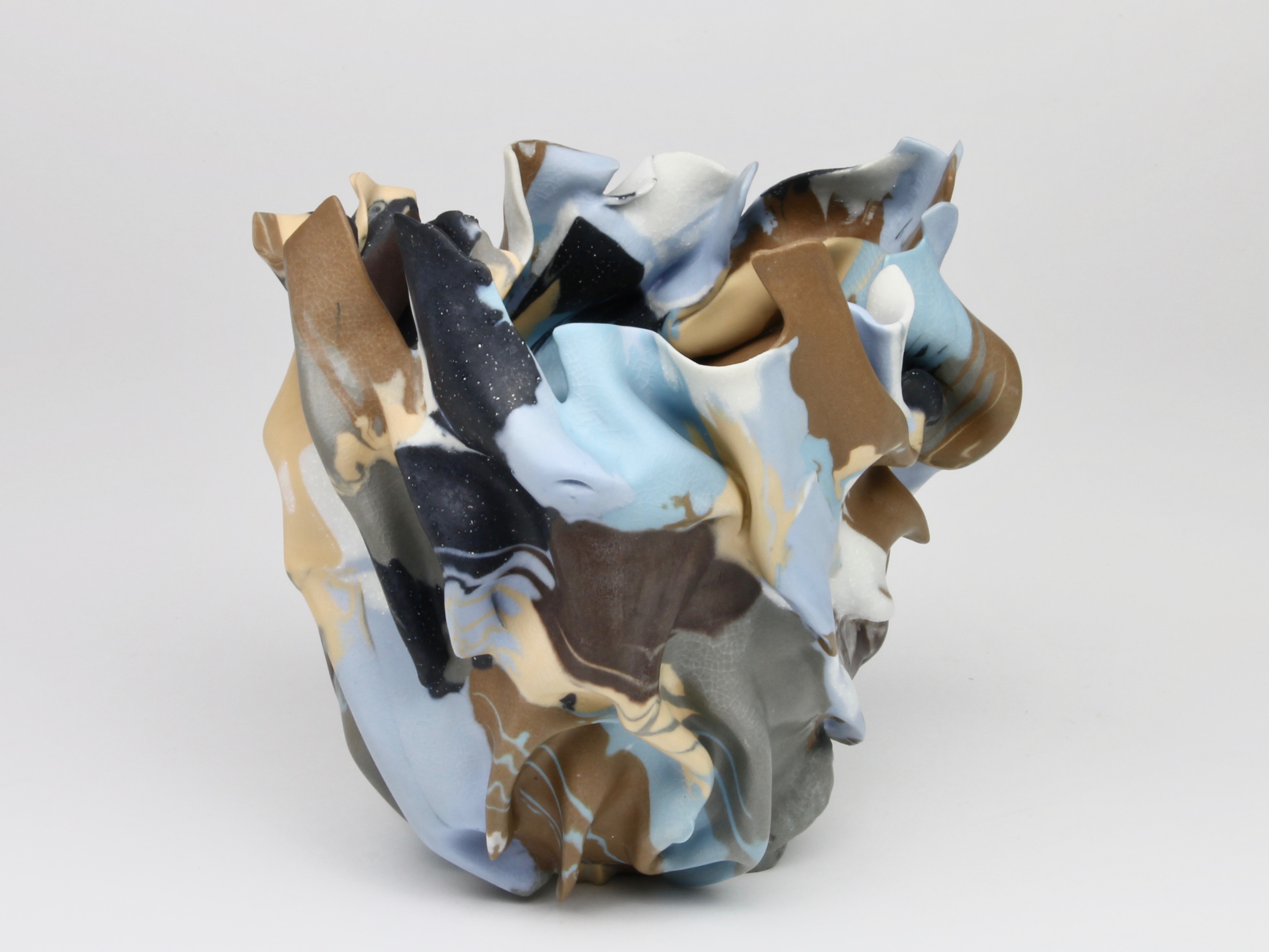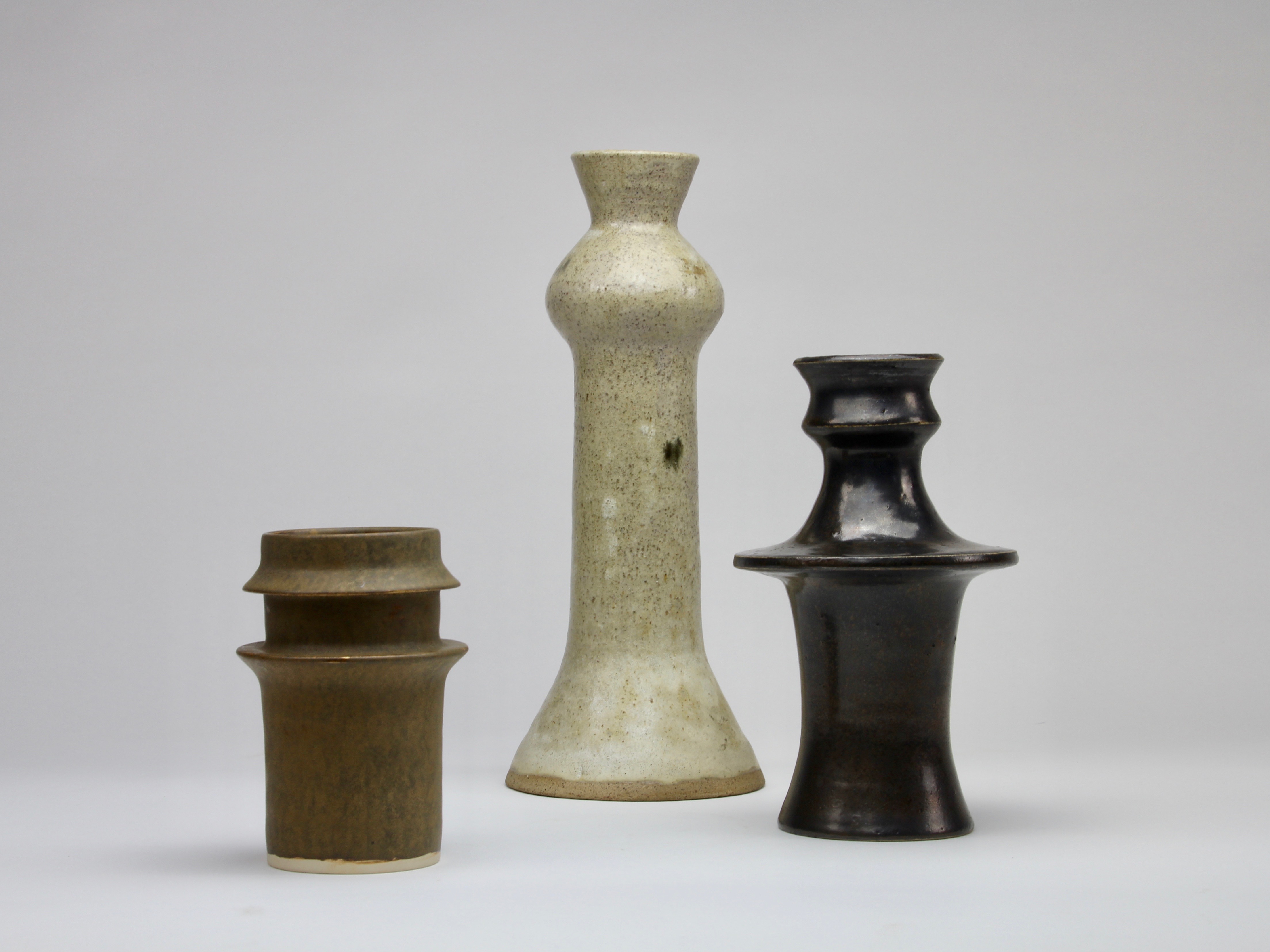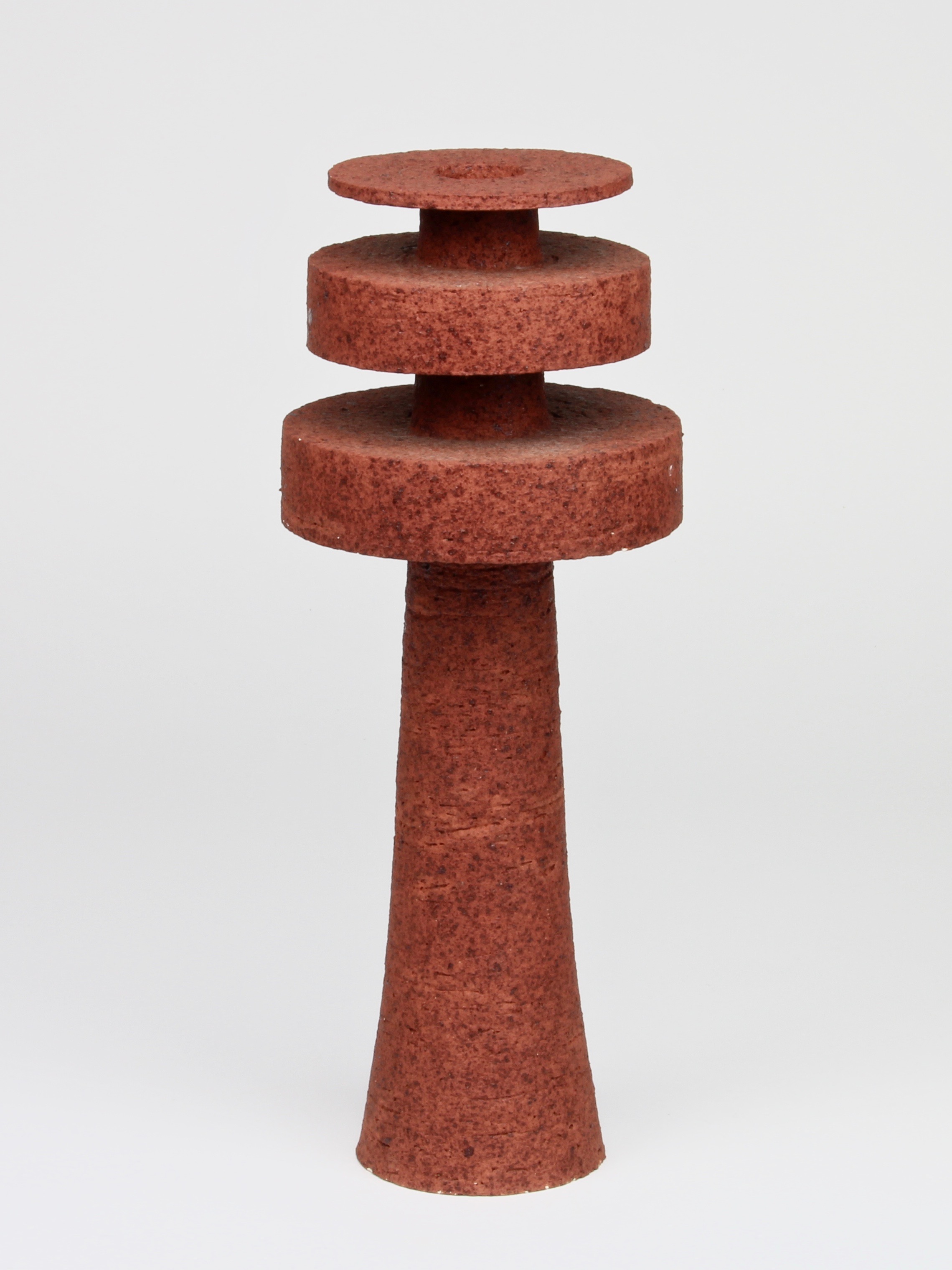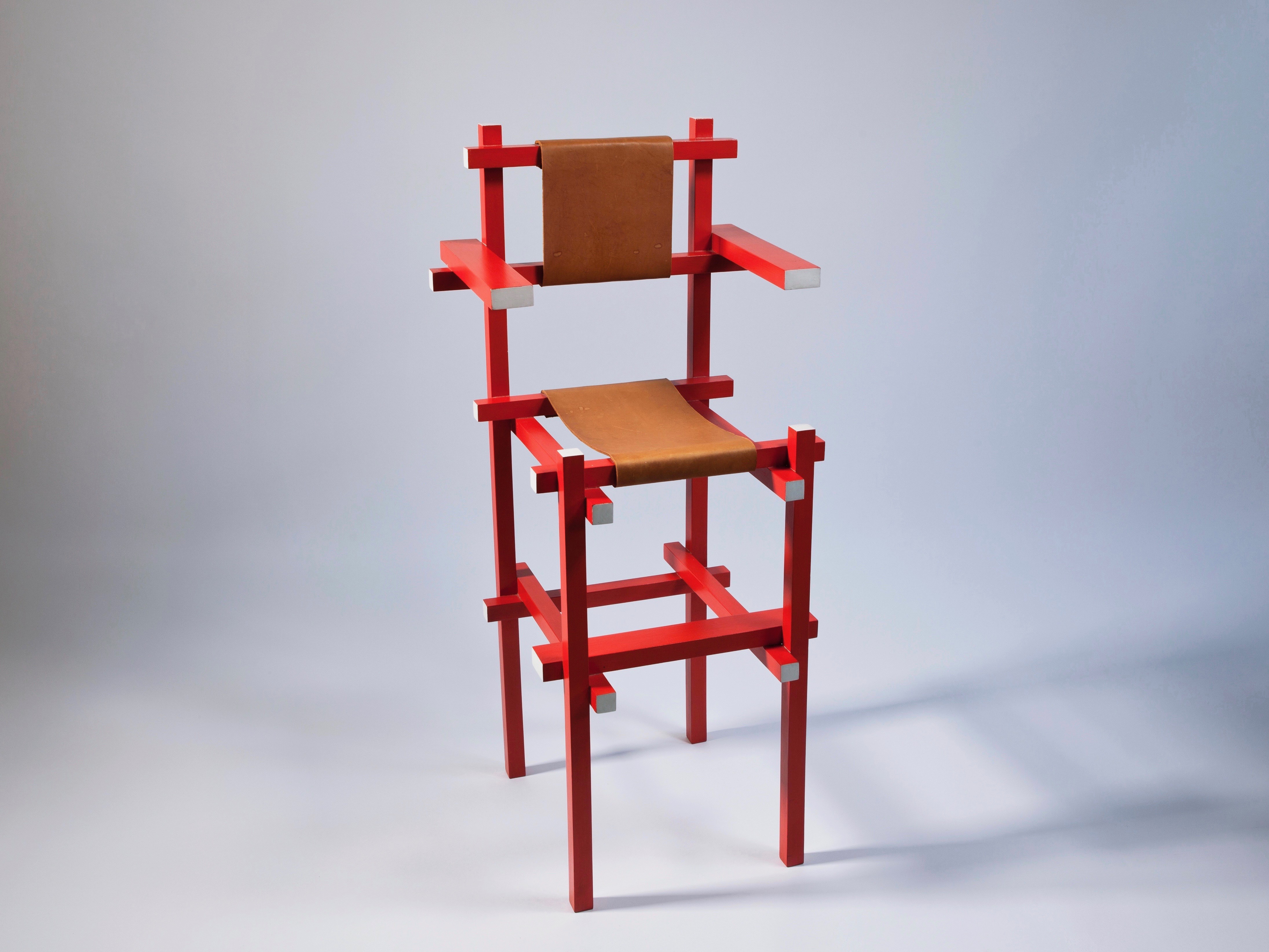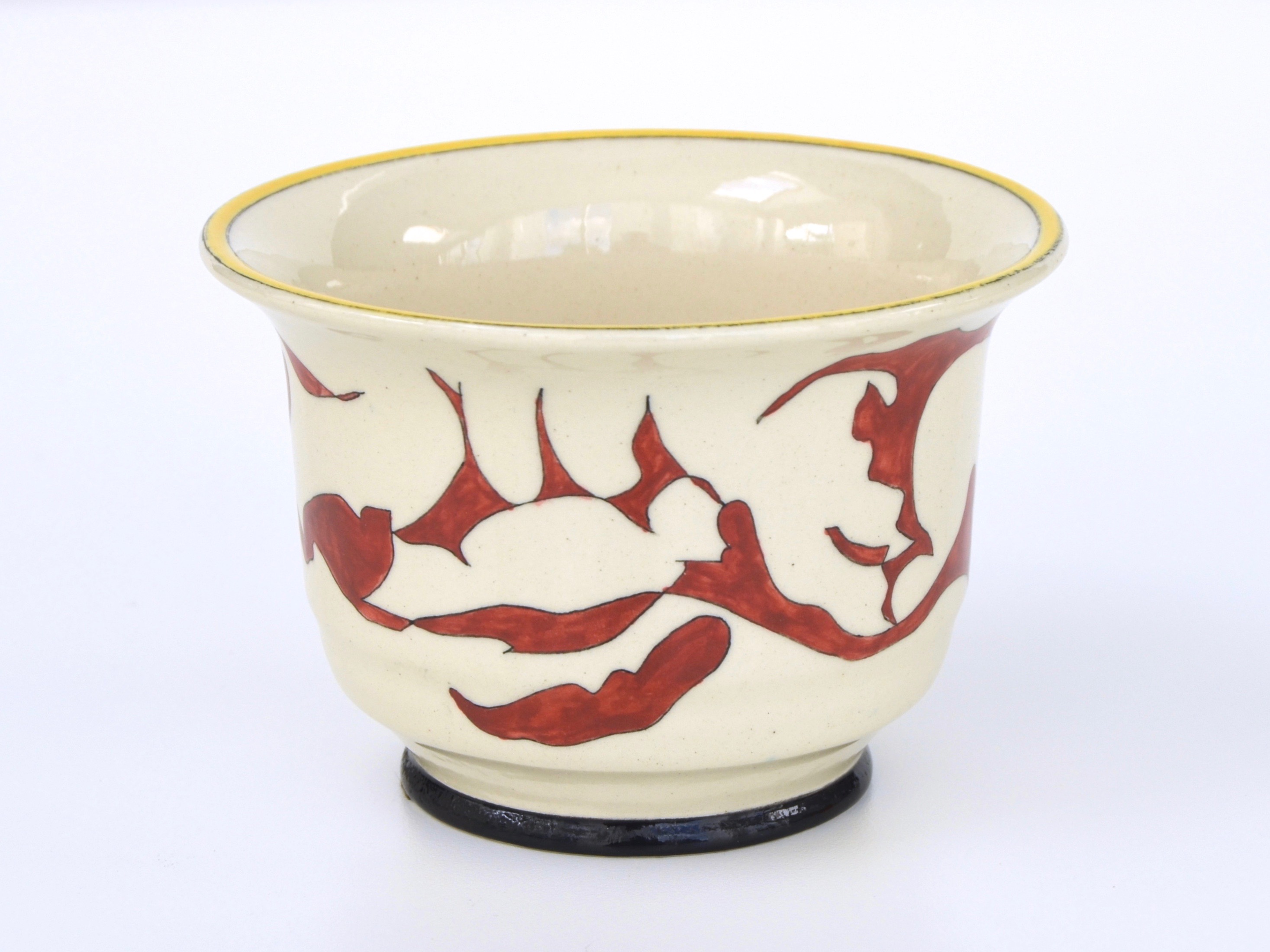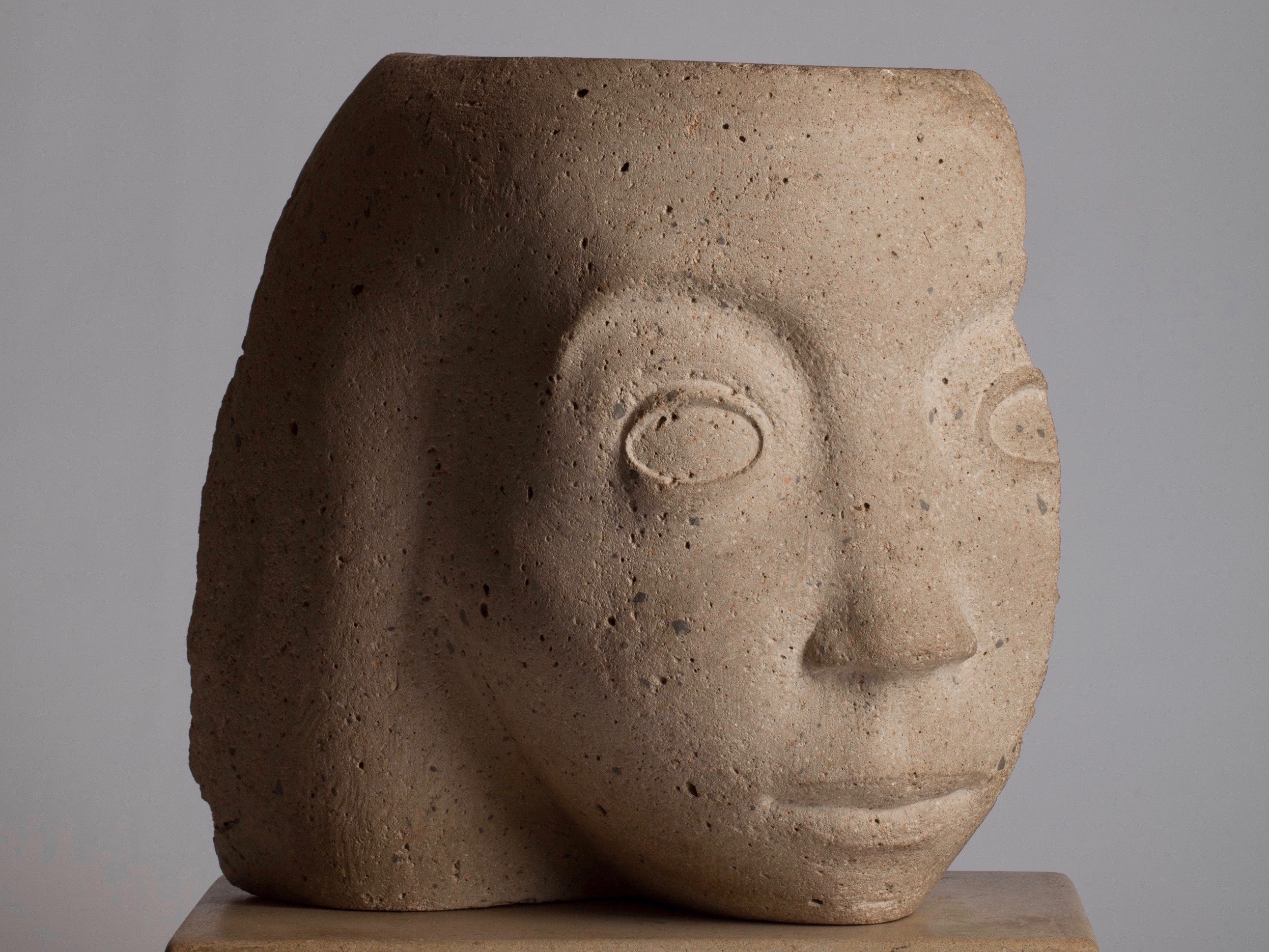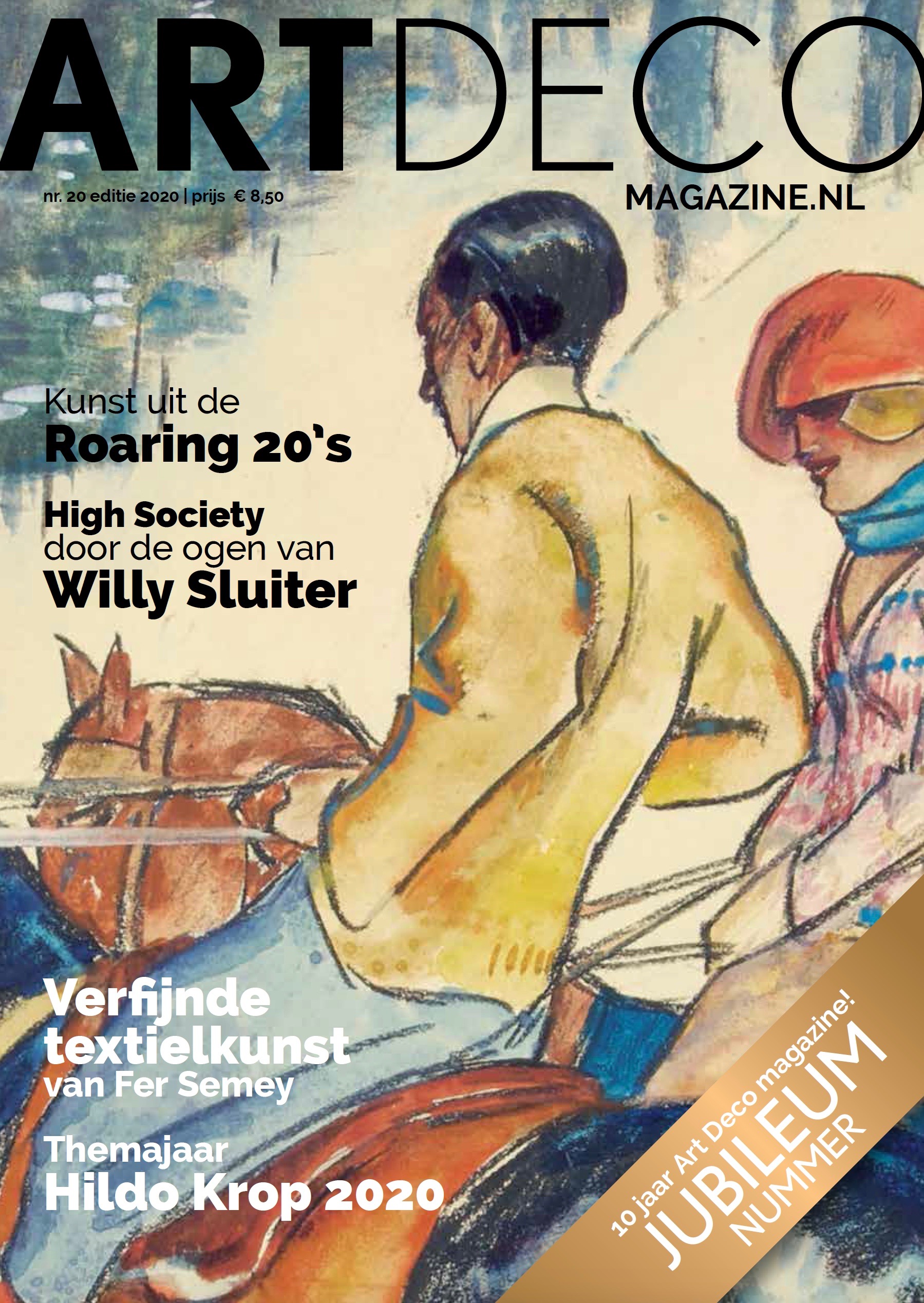The J.W.N. van Achterbergh collection: Post-war Ceramists – part 1
J.W.N. van Achterbergh was an important collector, expert and patron of post-war ceramics. With his extensive collection, he had a great influence on Dutch studio ceramics. A number of works from his prominent collection are on show in the sales exhibition Post-War Ceramists at Kunstconsult.
Family collection
Jacob Willem Nicolaas van Achterbergh (1928 – 2009) was brought up with a cultural interest and love of collecting. Especially his knowledge of ceramics has its origins in the large collection his father had built up. Besides Spanish and Italian majolica, J.W.N. van Achterbergh senior had amassed an incredible collection of tiles, just like his father. In the late 1950s the third generation Van Achterbergh gradually took on the management of this family collection. In 1958 he loaned the tile collection to Keramiekmuseum Princessehof, so he could focus on collecting his own collection of ceramics.
Collection of contemporary ceramics
The knowledge of the material, the history and design of old ceramic works he acquired with the family collection, turned out to be an excellent foundation for Van Achterbergh to collect contemporary ceramics. The ties his father had with Jaap Bastert, conservator of Museum Boijmans Van Beuningen, lead to a good relationship with the Rotterdam based museum. It was Bernadine de Neeve, Bastert’s successor, who introduced the collector to Toos van ’t Hoff, owner of the gallery Int Constigh Werck in Rotterdam. Here, Van Achterbergh bought the first contemporary pieces of ceramics for his collection. During an exhibition organised by Van ’t Hoff he came across the work of Jan van der Vaart and Johan van Loon. Here he also saw the work of the artists of the Experimental Department of the Porceleyne Fles in Delft for the first time, which was promoted by Van ’t Hoff since its foundation.
Experimental Department of the Porceleyne Fles
The objects made by the ceramists of the Experimental Department of the Porceleyne Fles had a great appeal to Van Achterbergh. This department, which was set up by Dr. Th. Dobbelman and consisted of his most talented students, was meant for producing unique earthenware objects. Ceramists such as Lies Cosijn, Harriët Sielcken and Adriek Westenenk were successful at the department. Instead of molding ceramics, the ceramists of the Experimental Department returned to older techniques such as hand building forms. Objects were decorated with engobe, whereby the drawing was scratched in a layer of slip. Lies Cosijn was one of the ceramists who applied this ‘sgrafitto’ technique. Van Achterbergh considered her work as an absolute highlight of contemporary ceramics and kept acquiring her works until the 1990s.
1959 Pottenkijker 1969
The expertise in the field of contemporary ceramics was scarce at the time; Van Achterbergh was one of the first who could be considered a connoisseur. In 1969 his first exhibition opened in Museum Boijmans Van Beuningen: 1959 Pottenkijker 1969. Ceramic Highlights of the Netherlands. His complete collection of contemporary Dutch ceramics, consisting of 412 objects, was on show. Etie van Rees was well represented at this exhibition. She was highly valued by Van Achterbergh in the late 1960s. He was an admirer of the figurative ceramic works of both Etie van Rees and Hans de Jong. He also continuously bought work by the artist couple Jan de Rooden and Johnny Rolf. The ceramic sculpture ‘Dragonfly’ by De Rooden was changed into ‘Euromast’ when Van Achterbergh acquired it. This work can now be found in the sales collection of Kunstconsult. From the 1980s and 1990s he also purchased works by Babs Haenen, a student of Jan van der Vaart at the Gerrit Rietveld Academie. Van Achterbergh followed and supported her since the exhibition of her graduation assignment, and frequently came up with names for her works.
Authority on post-war ceramics
Whenever he could, Van Achterbergh participated in exhibitions through loans or publications. Besides being an authority in the field, ceramists also saw him as a confidant. The artists he supported and promoted from the beginning of their careers, can now be seen as important figures of post-war ceramics.
More information
A number of works from the J.W.N. van Achterbergh collection are now on show at the sales exhibition Post-War Ceramists at Kunstconsult in Amstelveen. Visit our collection page for a preview of the exhibition. In a series of blogs, we highlight themes from the exhibition. This is part 1: The collection of J.W.N. van Achterbergh.
Text: Zaida Bouwmeester
Photos: Noortje Remmerswaal
For this text the author used, inter alia, M. Brouwer and M. van Dam, ‘J.W.N. van Achterbergh. A Passionate Collector. Life and Work of J.W.N. van Achterbergh’ , FortMedia Uitgeverij, 2012.
Kunstconsult – 20th century art | objects
Reproduction and distribution of this text is only allowed with correct reference.
